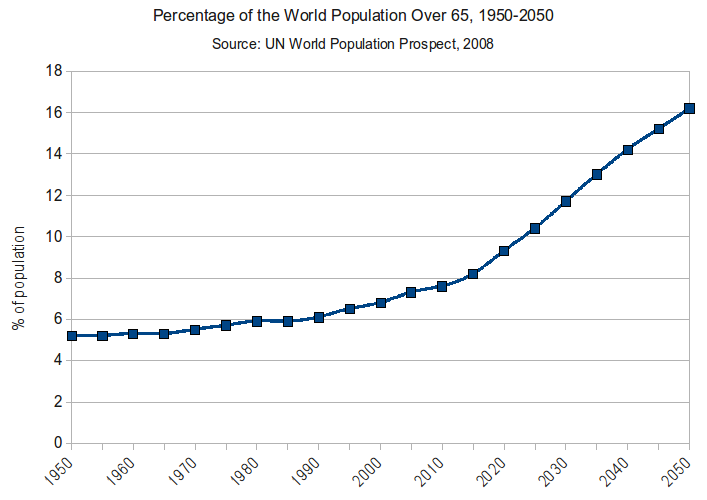Welcome to Occasional Analysis a blog where I intend to post ideas on current affairs, philosophy and anything else that happens to be interesting.
Today I'm looking at how the various scandals and allegations against each of the candidates in the US presidential race has affected public perceptions. Google trends provides a way to map how people have been searching over time and compare different searches. We'll take a look at how the latest round of attacks has played out later but first its worth comparing them to the earlier Reverend Wright scandal.
Here's a comparison of the searches for "Obama + Wright" and "Obama + Muslim" over the last year.

At the beginning of the year the large sustained peaks suggest that there were persistent rumours about Obama being a Muslim. The graph underneath shows us that there was no significant mention of this in the mainstream media which presumably thought the rumours were not newsworthy.
Where the graph gets interesting is when the Reverend Wright scandal emerges; although Obama got significant negative coverage in the mainstream media we can also see that the scandal causes a large drop off in the Muslim searches. Although the Wright affair undoubtedly damaged Obama it may have done him a favour in the long run by putting his christian faith beyond doubt. Indeed it is only 6 months after the Wright scandal that searches about Muslim rumours have gained traction again.
So how does this compare to the interest in Ayers and Keating, now that the two campaigns have decided to highlight each other's dodgy connections?
Just compared side by side it seems clear that McCain has succeeded in stimulating interest in Ayers more than Obama has struck back with the Keating Five claims. Fivethirtyeight.com have shown that the wikipedia hits for each of them has been similar but the searches suggest McCain has probably got the upper hand. Still at this stage McCain needs to be making a greater impact than at any other time in the campaign. If we include Wright as well as Keating and Ayers then we can see this is not a 'game-changing' moment.
The Wright scandal was genuinely new information that shocked voters by undermining Obama's message of change and acceptance. Not only was it new information but for many voters it was the first information about him that they heard.
By contrast these new allegations have been known about since early in the campaign in the case of Ayers and for several decades for Keating. The claims are coming at a time when the public has already heard months of claim and counterclaim so the threshold for a successful attack has probably been raised anyway.
At this stage in the campaign voters have had a chance to listen to both candidates and are less likely to be swayed by single events or images as they would have been at the end of the primary season. If McCain does want to control the narrative he will have to find something more compelling and original than this.
One issue that has received little attention so far is Obama's admitted former drug use. A final late media buy highlighting the Democrat's cocaine use and linking it to drug crime might be an effective (but ugly) way of turning the tide. A play on the phrase "just say no" might be the way to go. It would be a shame to see the campaign descend into such tactics but I wouldn't bet against it at this stage.
 credit: http://commons.wikimedia.org/wiki/File:Percentage_of_the_World_Population_Over_65_-_1950-2050.png
credit: http://commons.wikimedia.org/wiki/File:Percentage_of_the_World_Population_Over_65_-_1950-2050.png
 credit: http://www.census.gov/population/international/data/idb/worldpopgraph.php
credit: http://www.census.gov/population/international/data/idb/worldpopgraph.php


